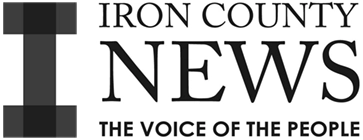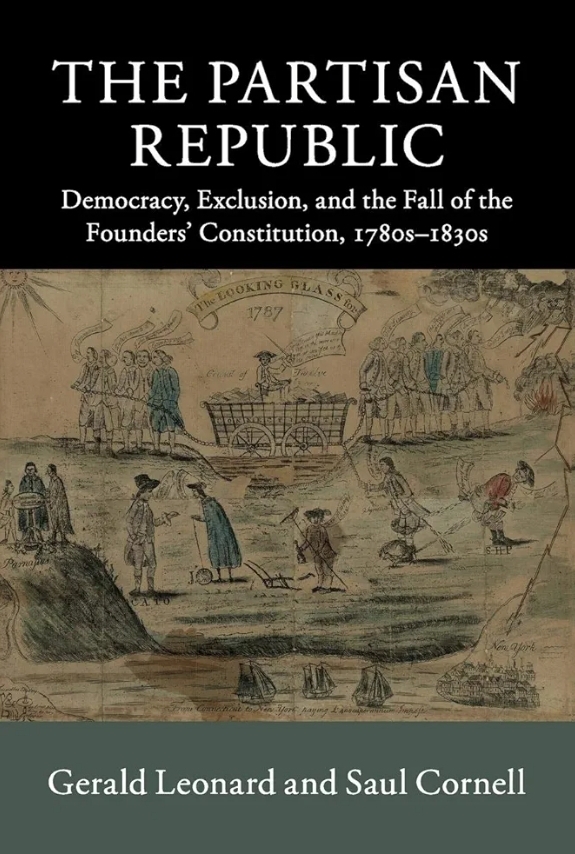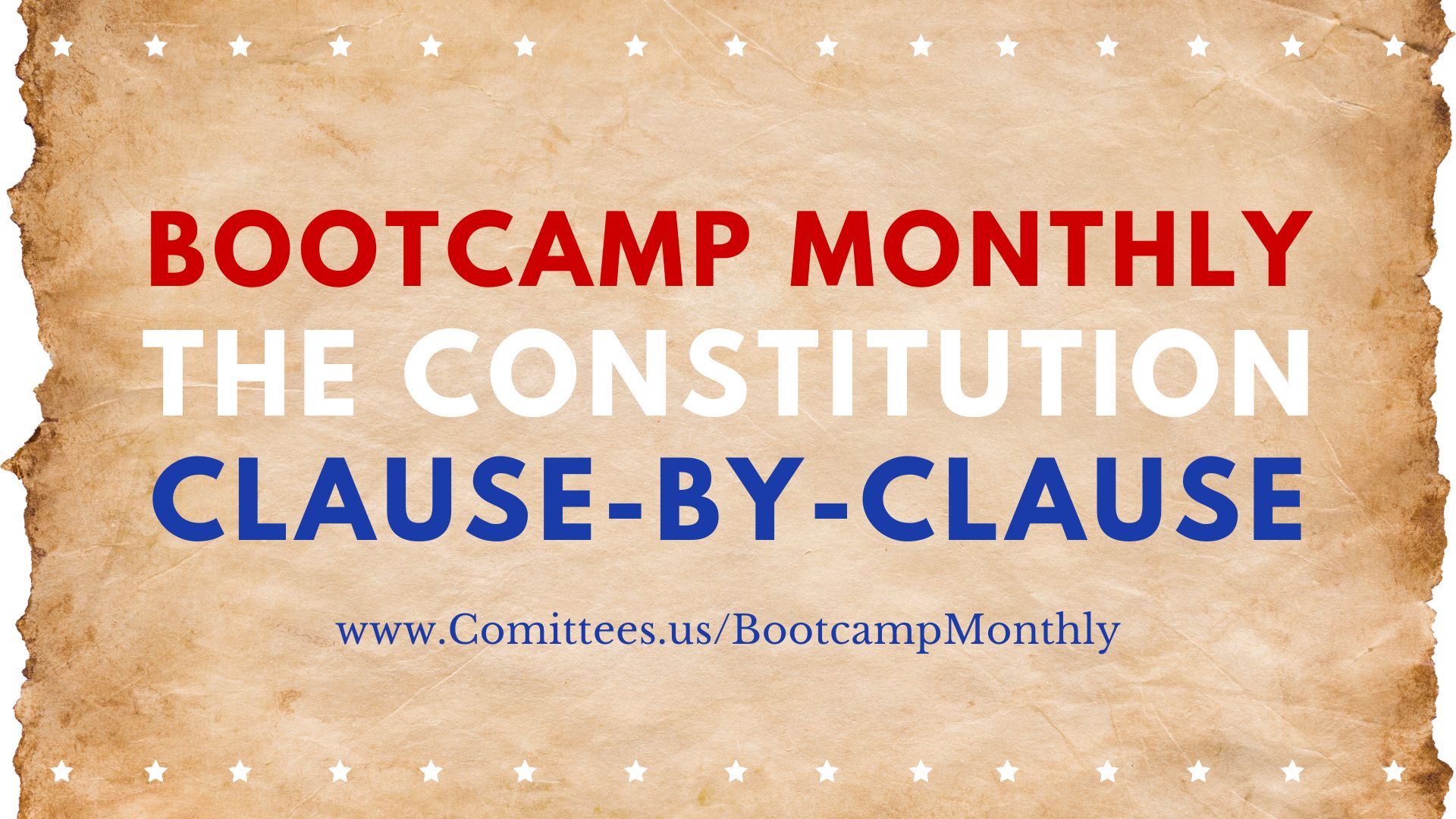Gerald Leonard and Saul Cornell’s The Partisan Republic: Democracy, Exclusion, and the Fall of the Founders’ Constitution, 1780s–1830s examines the transformation of American democracy and the Constitution from the era of the founding through the early 19th century. It focuses on the shift from the Founders’ vision of republican governance to a more partisan, exclusionary democracy that emerged during the early decades of the United States.
This book is part of the New Histories of American Law series, offering a fresh perspective on how the political and constitutional landscape evolved as America became more democratic but also more exclusionary, with certain groups—such as women, African Americans, and Indigenous peoples—being systematically marginalized.
Key Themes and Concepts:
The Founders’ Vision vs. Early 19th-Century Democracy: The book argues that the Founders’ original Constitution was designed to limit the excesses of democracy through a system of checks and balances, emphasizing a republican form of government. The early U.S. Constitution was not intended to foster the kind of widespread popular democracy that developed in the Jacksonian era. However, by the early 19th century, this republican vision gave way to a more partisan political system, with an expanded role for popular elections and political parties.
Rise of Partisanship: Leonard and Cornell explore how the political landscape in America became increasingly partisan in the decades following the Revolution. Political parties, which the Founders had largely feared as divisive factions, became central to the functioning of American politics. This period saw the rise of organized political movements, including the Democratic-Republicans and later the Jacksonian Democrats, who advocated for greater democratization while also consolidating political power in ways that excluded significant portions of the population.
Exclusion and the Limits of Democracy: As American democracy expanded in some ways, it also became increasingly exclusionary. The authors examine how the rise of white male suffrage came at the expense of other groups, particularly African Americans, Indigenous peoples, and women, who were excluded from political participation. The book critically examines how this early version of American democracy was built on the systematic exclusion of these groups, arguing that the “fall” of the Founders’ Constitution coincided with the rise of a more racially and socially hierarchical political order.
The Fall of the Founders’ Constitution: The book suggests that the Founders’ Constitution, with its emphasis on a balanced republic and restrained democracy, was overtaken by a new constitutional vision that prioritized majority rule and the expansion of suffrage—but primarily for white men. This transformation marked the fall of the Founders’ original intent, as the United States moved towards a more majoritarian and populist political system, often at the expense of constitutional protections for minorities.
The Role of Law in Political Change: Leonard and Cornell place a strong emphasis on the legal developments of the time, exploring how laws and court decisions reflected and contributed to these shifts in political and constitutional thinking. They analyze key legal changes that facilitated the rise of partisan politics and the exclusion of marginalized groups, providing insights into how the Constitution was interpreted and reinterpreted during this transformative period.
Jacksonian Democracy: A significant portion of the book focuses on the Jacksonian era and how it represented the culmination of this transition to a more partisan and exclusionary democracy. Andrew Jackson’s presidency marked a major shift toward greater participation for white men, but also solidified racial and gender hierarchies that would persist for decades.
Structure of the Book:
Introduction: The book begins by laying out the central argument about the transformation of American democracy from a republican to a partisan and exclusionary system.
Early Republic: The early chapters cover the political and constitutional debates of the 1780s and 1790s, highlighting the Founders’ cautious approach to democracy and the rise of early partisanship.
Legal Developments: The authors examine key legal and constitutional developments during the early republic, focusing on how these shaped the emerging political landscape.
Exclusionary Democracy: The book explores how the expansion of democracy during the Jacksonian era came with the systematic exclusion of African Americans, Indigenous peoples, and women.
The Fall of the Founders’ Vision: The final chapters discuss how the original republican vision of the Founders was gradually replaced by a more partisan, exclusionary form of democracy by the 1830s.
Significance:
The Partisan Republic provides a critical re-examination of the early decades of American democracy, showing how the expansion of political participation was accompanied by increased partisanship and the exclusion of marginalized groups. Leonard and Cornell’s analysis is important for understanding how the U.S. Constitution and its interpretation evolved during this period, and how this evolution laid the groundwork for future struggles over civil rights and inclusion.
This book is a valuable resource for readers interested in the history of American democracy, constitutional development, and the role of partisanship in shaping political and legal institutions. It challenges the traditional narrative of America’s democratic evolution, revealing how the expansion of political rights for some was achieved through the exclusion of others.







